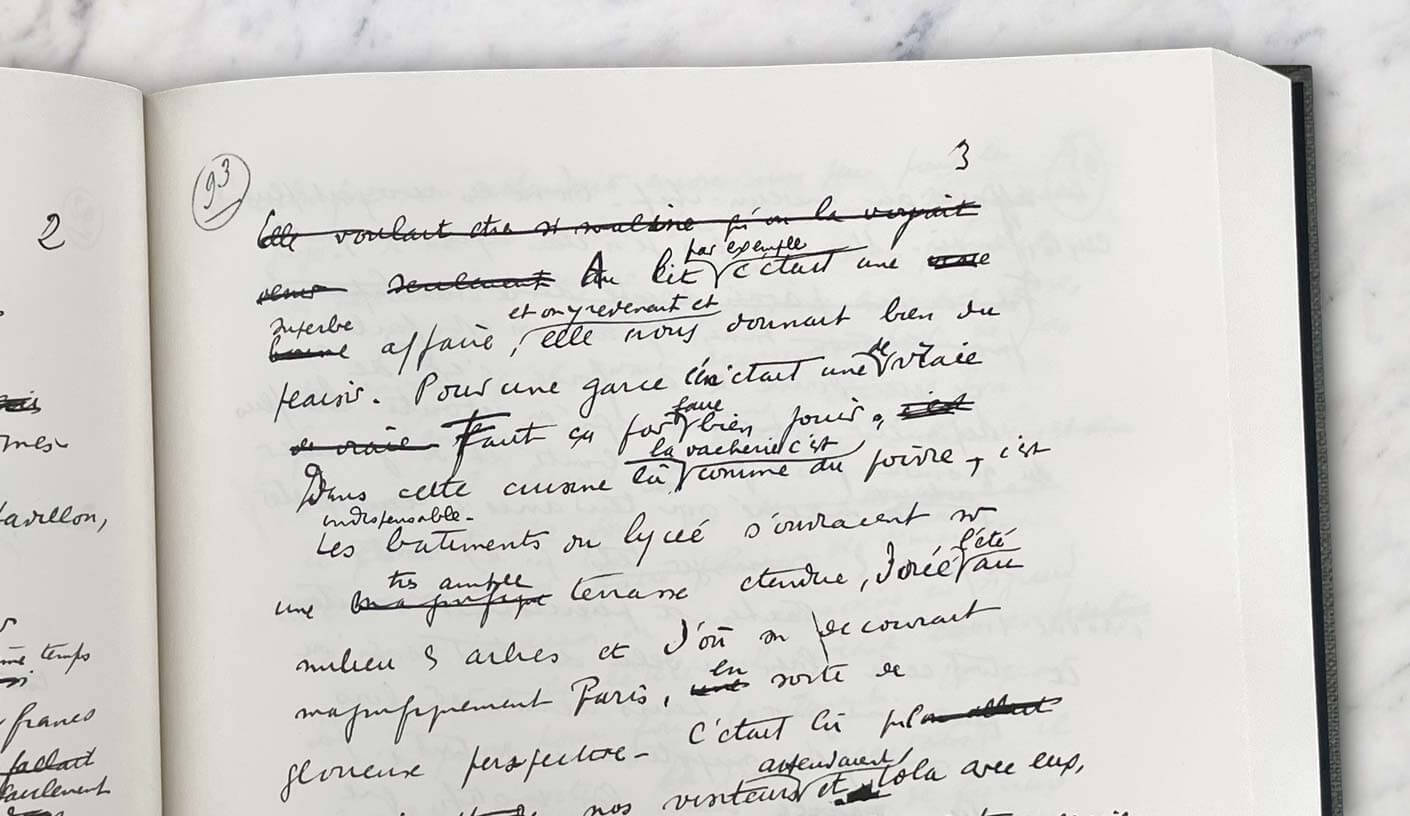

Sibling personality variation does not mirror a process of evolution, it is a process of evolution. The present paper argues that Sulloway mistook a literal truth for an analogy. However, Sulloway understands birth order and other familial dynamics to create personality variation among siblings, using evolutionary concepts only as illustrative comparisons. Sulloway invokes evolutionary theory, specifically emphasizing Malthusian competition and referencing the concept of adaptive radiation, which produced beak variation among Darwinian finches as they spread across the Galapagos Archipelago. Attempting to explain this paradox across many publications, Frank J. Notwithstanding their relatedness, siblings vary as much as strangers with respect to personality traits. These parallels are perhaps most fully and explicitly explored by Sulloway (2011) Notwithstanding its evolutionary trappings, this is not an evolutionary theory.

Sulloway's enduring interest in adaptive radiation (Galligan et al., 2012 Kleindorfer et al., 2014 Kleindorfer, Chapman, Winkler, & Sulloway, 2006 Kleindorfer, Sulloway, & O'connor, 2009 O'Connor, Sulloway, Robertson, & Kleindorfer, 2010 Sulloway, 1982Sulloway,, 1984Sulloway & Kleindorfer, 2013), like his meticulous study of Darwin's notebooks and correspondence (Sulloway, 1982 (Sulloway,, 1983(Sulloway,, 1984, derives from parallels with human personalities as they diverge strategically toward the exploitation of divergent niches. In the most celebrated case of adaptive radiation, the species was an ancestral finch, the homeland was South America, the variegated environment was the Galapagos Archipelago, the evolved trait was beak size and shape, and the speciation event was divergence into approximately 14 Darwinian finches (Sato et al., 2001 Sulloway, 1995Sulloway,, 1996Sulloway,, 2001Sulloway,, 2007aSulloway,, 2011).


 0 kommentar(er)
0 kommentar(er)
